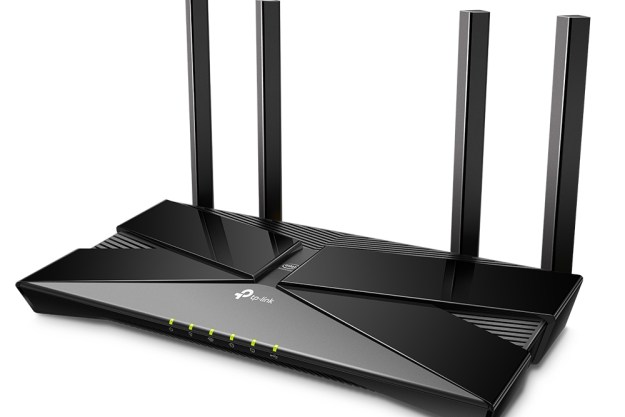
The end of the year is traditionally a time of looking back and reviewing past events…but in the technology industry, it’s also a time when pundits and prognosticators like to make predictions about the future. Many of these visions never even come close to reality—flying cars, anyone?—but that doesn’t seem to have put any damper on the enthusiasm for looking ahead.
For the last couple years, technology titan IBM has gotten into the fray, issuing “Five in Five” predictions of technologies and services that will become reality in the next five years. The company has just released its second annual list, and we have to give them points for omitting the flying cars. What does IBM thing the future holds?
- Smart energy technologies will make green living easier. IBM predicts the electrical grid will gradually get smarter, enabling energy savings as well as the ability to manage appliances remotely (say, via mobile phone) and see real-time reports on energy consumption.
- Connectivity will change driving. IBM belies a range of communications and connectivity options will fundamentally change driving, enabling users to more easily avoid bad traffic, as well as cut back on pollution and accidents. IBM also envisions intelligent traffic systems that can make real-time adjustments to traffic light timing, and technologies that enable vehicles to communicate with each other on the road, offering “reflexes” that help them avoid accidents and other dangerous situations.
- IBM also believes new technologies will enable consumers to know exactly what’s in the food they’re eating, as well as identify its source. Technology and tracking systems will let consumers know where their food comes from, what pesticides and pollution it was exposed to, what the climate and soil was like where it came from, and more more detailed information. Of course, given the poor quality level of food many Americans eat every day…this technology may not be very popular.
- Wireless technologies and enhanced security will create new diagnostic and health-monitoring services for physicians, effectively giving them “super powers” that let them know what’s going on with patients. Pill dispensers will know how much medicine has been taken, a virtual doctor can monitor blood pressure and other vital signs, and doctors will be able to more easily share images and diagnostic information with specialists around the world without violating patients’ privacy.
- Mobile phones will get smarter. IBM envisions mobile phones becoming user’s trusted guides to shopping, banking, and travel—almost a personal concierge—and gaining new features such as being able to snap a picture of a product (or the clothes someone is wearing) and automatically search the Internet for information about it.
Sound pie-in-the-sky? Industry pundits seem to think IBM is being reasonable, since these predictions are mostly elaborations on existing technologies and trends.
Oh? And IBM’s five-in-five predictions from last year?
- Remote health care
- Real-time speech translation
- 3D Internet
- Nanotechnology will be applied to environmental problems
- Mobile phones will start to read our minds.
Any of that look familiar?
Editors' Recommendations
- YouTube is rolling out handles. Here’s what you need to know
- Google Fiber is bringing high-speed internet to five new states
- Alienware rolls out the first 480Hz laptop displays
- Microsoft Edge 91 rolls out with new sleeping tabs and startup boost
- What is ambient computing?


